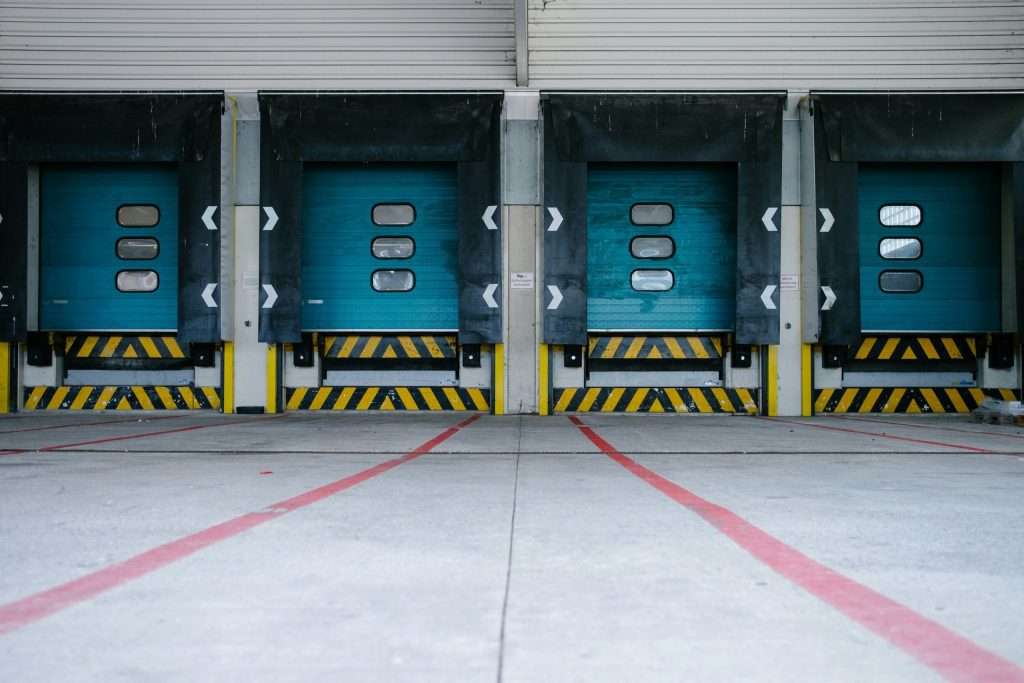Balancing Control with Flexibility: The Role of Vertical and Horizontal Integration
In the current economic climate, where venture capital is harder to come by and mergers and acquisitions are becoming more common, supply chain companies are increasingly turning to vertical and horizontal integration. These strategies are essential for companies looking to streamline their operations and enhance efficiency in a rapidly changing market.
Vertical and Horizontal Integration: A Dual Approach
By leveraging both vertical and horizontal integration, companies can strike a critical balance between maintaining control over their operations and retaining the flexibility needed to quickly respond to market shifts. This dual approach can lead to reduced costs and improved market positioning, enabling businesses to flourish in a competitive landscape.
Case Studies in Integration
Misfits Market’s acquisition of Imperfect Foods is a prime example of horizontal integration, where the company capitalized on the opportunity to expand its market share and reduce delivery costs for consumers by combining assets and supply chains. On the flip side, American Eagle’s purchase of Quiet Logistics in 2021 exemplifies vertical integration, allowing the retailer to exert greater control over its supply chain and achieve cost-effective, rapid shipping by leveraging volume.
Deloitte‘s research underscores the significance of supply chain synergies, which constitute a majority of the value in announced deals, particularly in the consumer and industrial products sector. Key synergies include expedited supplier negotiations, strategic sourcing, and SKU rationalization.
In times of economic uncertainty, partnerships, integrated technology, and mergers and acquisitions will be crucial for businesses to manage inflation and maintain sales. The advantages of integration in the supply chain are manifold, from leveraging volume and assets to achieving operational efficiencies.
The Future of Integrated Supply Chains
The future landscape for brands aiming to provide fast and cost-effective shipping will likely involve more integration, as funding for early-stage logistics startups dwindles. With e-commerce growth stabilizing post-pandemic, retailers operating in a multichannel environment must adopt a strategic approach to remain competitive as shipping volumes normalize.





